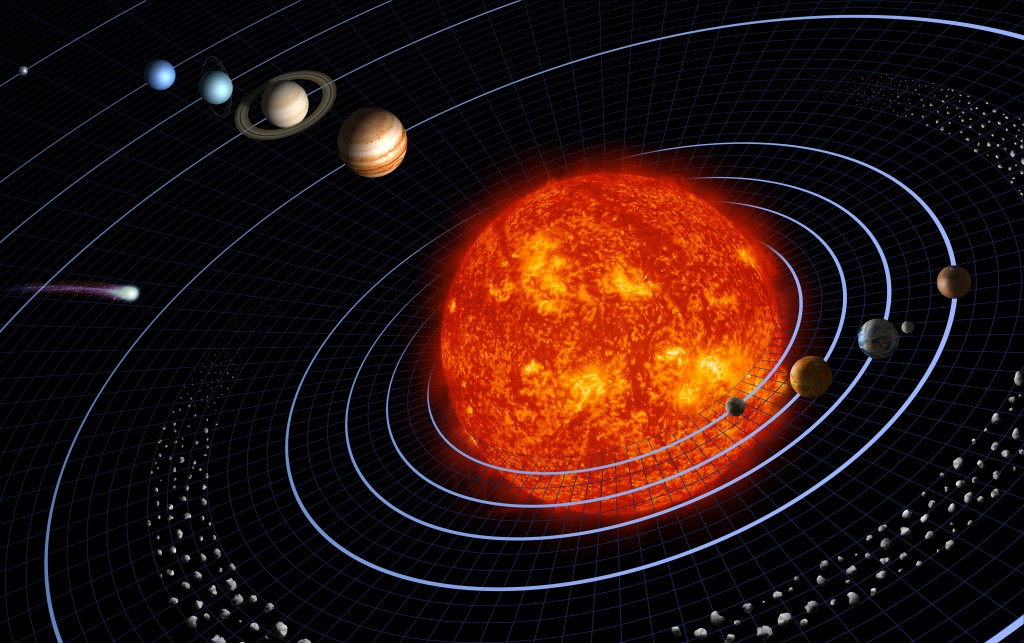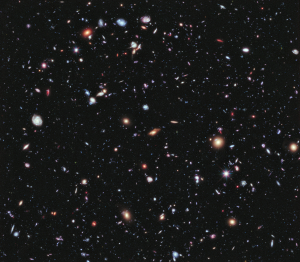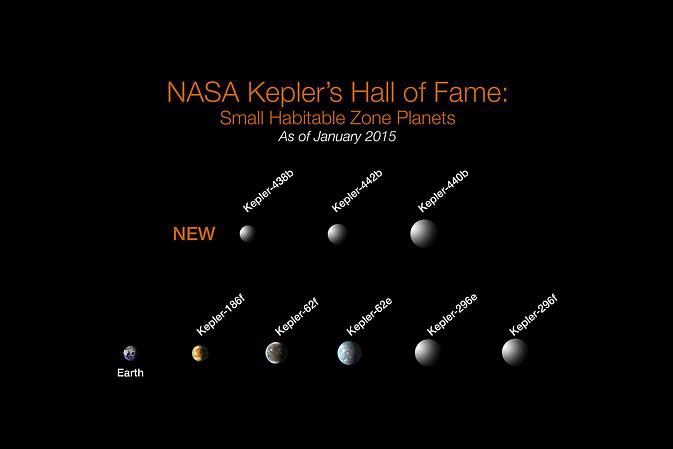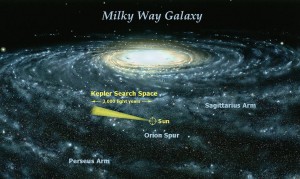The Depths of Space
Size…
The vastness of space is so underrated. The quantity of stuff out there and the distances between them are so utterly enormous it’s practically impossible to get any real grasp on it. But every now and then, I like to try anyway… just for fun.
The speed of light… there’s nothing faster. But it still takes time to travel. Light can make its way around the entire earth almost eight times in one second. It takes a little over a second for light to get to the moon from here. The quickest the Apollo astronauts did it was three days, and they were haulin’ the mail! It takes light eight minutes to get to the Sun. Pluto? Around five hours. The nearest star system, Alpha Centauri? Over four years – and there’s practically nothing in between. Most of space is friggin’ empty!
All of the stars you see in the night sky are all stars in the Milky Way galaxy including our closest stellar neighbor Alpha Centauri and our star, the Sun. If you’ve ever been lucky enough to see the Milky Way from a dark sky you’ve seen a band of light arch overhead across the sky. The thing is, that band of light isn’t just light – it’s stars. There are billions -with a ‘B’- stars in our galaxy alone. Scientists have recently discovered that practically all these stars have some sort of planetary system around them, not unlike our own solar system. So that means there are many billions -with a ‘B’- planets in our galaxy alone.
But here’s where it gets crazy… there are billions -yup, with a ‘B’- of galaxies out there! I know that’s hard to comprehend. See that tree across the street? Take a look at one of the leaves near the top of the tree. In that space of sky behind that leaf hides five thousand galaxies. Five-thousand galaxies! Imagine that same tiny spot spread across the entire sky. And in every one of those billions of galaxies, there are billions of planets.
Don’t believe me? Back in 2012, NASA released an image titled the Hubble eXtreme Deep Field, captured by the Hubble Space Telescope. I believe this is one of the greatest pictures ever captured by humankind – no exaggeration. It took ten years worth of pictures to compile and represents twenty-three days of exposure time! It is an image of a tiny piece of sky that astronomers basically believed to be ’empty.’ (Click here to see a field-of-view scale comparison.) Boy… did they find something. Click the image below to see the full resolution of the Hubble eXtreme Deep Field. (It may take a moment to load, it’s big…)
Practically everything you see is an entire galaxy, chock-full of stars and planets… Zoom into that picture and just browse a while. It is virtually impossible to be able to comprehend the amount of stuff you’re looking at in this picture.
(A quick note: Remember that light takes time to travel? This picture represents not only galaxies extremely far away, but also a time period not long after the universe was created! This is a picture of part of the universe 13 billion years ago… it just took 13 billion years for the light to reach us!)
Kepler…
Scientists have only recently proved the existence of these so-called ‘exoplanets’ -planets outside our solar system- within the last twenty-five years or so even though they’ve been theorized about for much longer. One of the leading projects tasked with discovering these exoplanets is the Kepler spacecraft mission. It was launched in 2009 and has found over 4,000 candidate planets with just over 1,000 of them verified. Of those thousand, eight have been confirmed as Earth-sized planets within the habitable zone of its star; that is, where liquid water can exist and conditions are generally favorable to support life. Check out some of these artists renditions of these planets to the right. By the way, scientists know to an astounding degree what size these planets are and even what atmospheric conditions may be present on these planets… some of which are thousands of light years away! Blows my mind…
Just to keep with the theme of searching very tiny parts of the sky like the Hubble eXtreme Deep Field, the Kepler mission also surveys just a fraction of the sky. The image to the left shows an approximation of Kepler’s field of view. Imagine if the entire sky could be surveyed… What’s out there?!
Scientists have also discovered that the conditions to support life are actually very prevalent throughout our universe given the mere abundance of planets and moons. Not only that, life doesn’t have to mean ‘life as we know it.’ Theoretically life can emerge out of very different scenarios and be nothing like we could ever imagine. So, when someone asks me if I believe in aliens, my answer is a resounding Yes! – simply based on pure statistics. Have they visited Earth? Well…
Distance…
Remember when we talked about the unimaginable distances between the stars? Our closest stellar neighbor is over four light years away – and that’s IF you traveled at the speed of light. Which you can’t. Einstein says so. To travel from one side of our galaxy to the other would take 100,000 years. If you had embarked on that adventure which would conclude today, you would have had to leave Earth when ‘humans‘ were just leaving Sub-Saharan Africa. The closest galaxy to us, the great Andromeda galaxy, is 2.5 million light years away. We were just deciding to become our own species at that point. THAT is far…
So, are aliens probing us? I don’t think so…






What a cool site. Thanks to you, I can enjoy astronomywitout the extensive lingo.
Mind blown